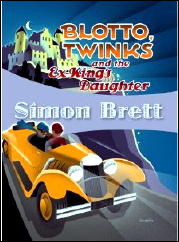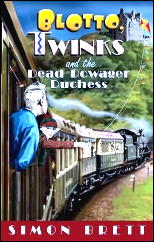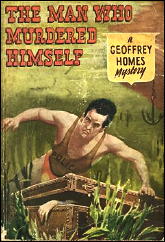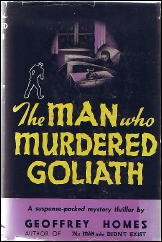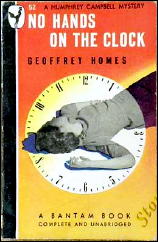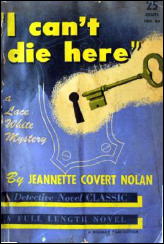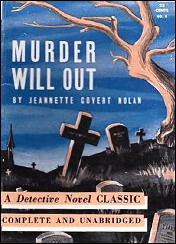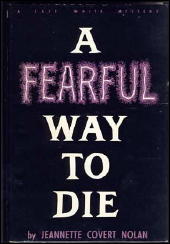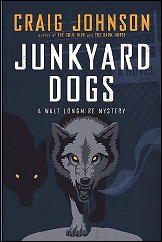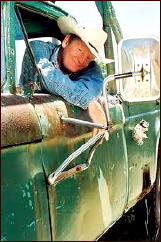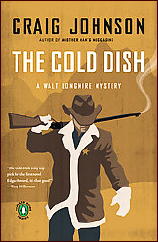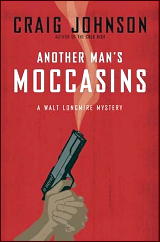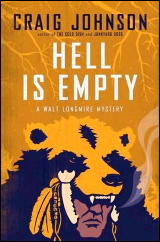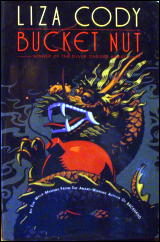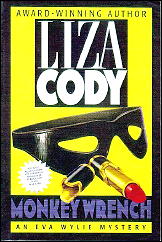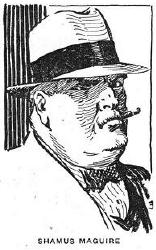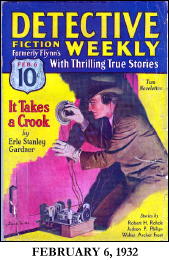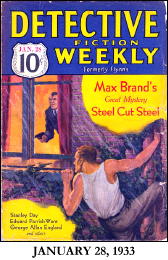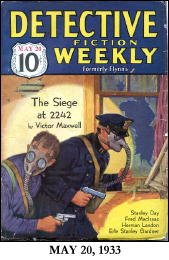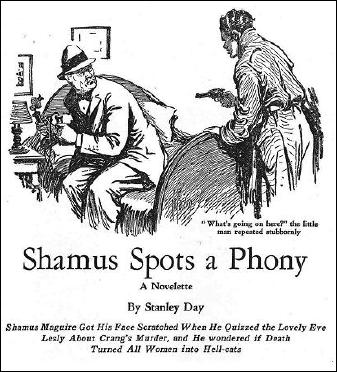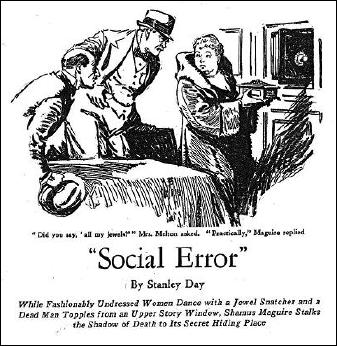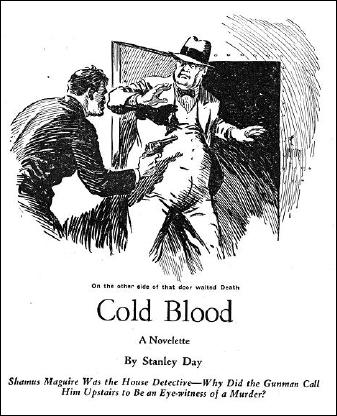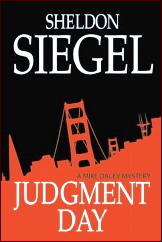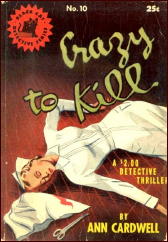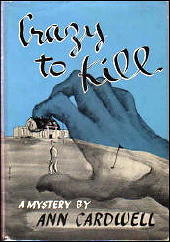Tue 22 Feb 2011
THE STORY OF ALLEN HYMSON, by Victor A. Berch & Allen J. Hubin.
Posted by Steve under Authors , Bibliographies, Lists & Checklists , Pulp Fiction[7] Comments
by
Victor A. Berch and Allen J. Hubin
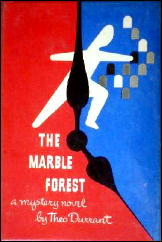
Since we spend quite a bit of time researching biographical details such as birth and death dates of various crime and mystery writers, my co-author queried me one day about the writer Allen Hymson.
Hymson’s claim to fame was his inclusion as one of the authors of the book The Marble Forest, published by the Alfred A. Knopf Co. of New York and copyrighted for publication on January 10, 1951. It was a collaborative effort on the part of twelve members of the California chapter of the Mystery Writers of America and published under the byline of Theo Durrant. [See also below.]
I quickly set to work to check through my various genealogical databases to see what might. be there of value concerning Allen Hymson.
Much to my surprise, the name Allen Hymson was nowhere to be found in any of the census records or birth and death records. I relayed that message back to Allen with the suggestion that perhaps he should contact the office of the Mystery Writers of America in order to learn just who was this Allen Hymson.
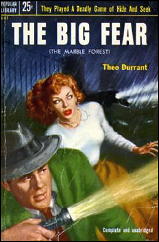
It didn’t take more than a few minutes for Allen to agree that this was a good suggestion and he sent off an e-mail to the office of the Mystery Writers of America. Within a day, an answer came back with the information that Allen Hymson was actually a pseudonym for Alma Hymson, a San Francisco writer. Along with that information came the revelations that Alma Hymson also used the pseudonyms Allen S. Jacobs and Edgar C. Nicholas, as well as Sylvia Blair.
Armed with that information, I quickly ran the names through the WorldCat database to see what books she may have written. Alas! Nothing turned up. What next? I took a stab at the Fictionmags database and there I hit a bit of pay dirt.
For there were entries for the pseudonyms Allen S. Jacobs, Allen Hymson and Edgar C Nicholas. But nothing for Sylvia Blair. Perhaps that had been used for newspaper publications at one time or another.
Taking another look at the pseudonyms, I thought “If Allen Hymson represented Alma Hymson, could the pseudonym Allen S. Jacobs represent Alma S. Jacobs?â€
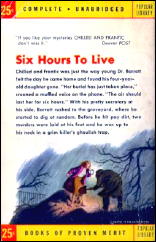
This opened a new avenue to explore and the answer to that puzzle lay in the fruits of a family tree on Ancestry.com labeled The Aaron and Jennie (Cohn) Jacobs Tree.
Here the complete story unfolded. An Albert J Hymson, born July 8, 1904 in Jefferson, KY and had died in San Francisco, CA on Oct. 25, 1950. His spouse was listed as Alma S. Jacobs. She was the offspring of Aaron and Jennie (Cohn) Jacobs. Her record revealed that she was born January 14, 1899 in California and had died in San Francisco April 12, 1995.
There were some family photographs and documents attached to the tree. One of particular interest was a document composed by Alma Hymson wherein she had traced some of her ancestors back to Spain and who were later expelled during the Spanish Inquisition and ended up in Eastern Europe. Anyone having access to Ancestry. com can examine the tree for whatever reason.
A Chronological Listing of the Writings of Alma Sylvia (Jacobs) Hymson:
Writing as Allen Hymson —

Writing as Allen S. Jacobs —
Square Up (ss) Clues June 1927
The Dagger of Mahaputi (ss) Clues July 1927
The Trouble Cruiser (ss) Clues Oct. 1927
Foxiest Crook Living (ss) Clues Feb 25, 1928
Another Perfect Crime (ss) Clues Mar. 25, 1928
Three Gats (ss) Short Stories Mar. 25, 1928
— Short Stories (UK) Aug. 1928
Hard-Boiled Soft (ss) Clues Sep. 25, 1928
Easy Mark (ss) Clues Oct. 25, 1928
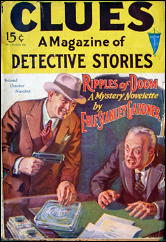
A Cinch Lay (ss) Clues Nov. 10, 1928
One Minute More (ss) Clues Jan 10, 1929
A Tight Squeeze (ss) Clues Feb. 10, 1929
The Menacing Garment (ss) Clues May 10, 1929
On An Even Draw (ss) Clues May 25, 1929
A Fraud In Pictures (ss) Clues June 10, 1929
Dead Partners (ss) Clues July 25, 1929
Sharpshooter (ss) Clues Aug. 10, 1929
The Machine Gun Racket (ss) Clues Sep. 10, 1929
Every Man For Himself (ss) Clues Dec. 25, 1929
Catspaw (ss) Clues Jan. 25, 1930
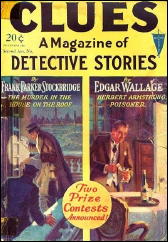
The Boasted Boomerang (ss) Clues Apr. 25, 1930
One Man’s Jinx (ss) Clues May 10, 1930
Reverse Luck (ss) Clues June 10, 1930
Convicting Evidence (ss) Clues Sep. 10, 1930
Chicken Feed (ss) All-Fiction Nov. 1930
Double Decoy (ss) Clues.Nov. 25, 1930
Better Dead Than Alive (ss) Clues Mar. 25, 1931
Nemesis (ss) Clues Apr. 25, 1931
The Dead Past (ss) Clues Feb. 1932
Coppered Bet (ss) Clues Apr. 1932
The Sinister Sap (ss) Clues May 1932
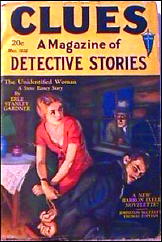
The Secret Address (ss) Clues Aug. 1932
Under The Gun (ss) Rapid-Fire Detective Stories Oct. 1932
Trial By Gunfire (ss) World Stories Feb. 1933
Writing as Edgar C Nicholas —
Taken For A Ride (ss) Clues Oct. 25, 1928
Which Way The Cat Jumps (ss) Clues Feb. 10, 1929
It has yet to be determined which part of The Marble Forest Alma Hymson had written.
The authors would like to express their sincere thanks to Ms. Margery Flax of The Mystery Writers of America office in New York for her able assistance in helping to put the pieces of this puzzle together.
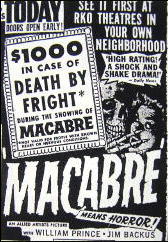
THE MARBLE FOREST, by Theo Durrant, a joint pseudonym of William A. P. White (Anthony Boucher), Terry Adler, Eunice Mays Boyd, Florence Faulkner, Allen Hymson, Cary Lucas, Dana Lyon, Lenore Glen Offord, Virginia Rath, Richard Shattuck, Darwin L. Teilhet & William Worley. Alfred A. Knopf, hardcover, 1951. Popular Library #507, paperback reprint, 1953 as The Big Fear. Filmed as Macabre (Allied Artists, 1958; director: William Castle).
From Jeffrey Marks’ recent biobibliography of Anthony Boucher, The Marble Forest was far less a detective novel than it was a thriller in which a young girl is buried in a coffin with only five or six hours to live. The Northern California chapter of the MWA held a contest challenging readers to determine which author wrote which chapters.
From TCM.com: “For $5,000, he [William Castle] purchased an insurance policy from Lloyds of London guaranteeing a $1,000 payout to the beneficiaries of anyone felled by fright while watching Macabre.”
A Special Note: The pulp cover images used in this post came from Phil Stephensen-Payne’s Galactic Central website. Follow, for example, the link to Pulp Magazines, then to Clues, then to Issue Checklist. The result will take your breath away.
